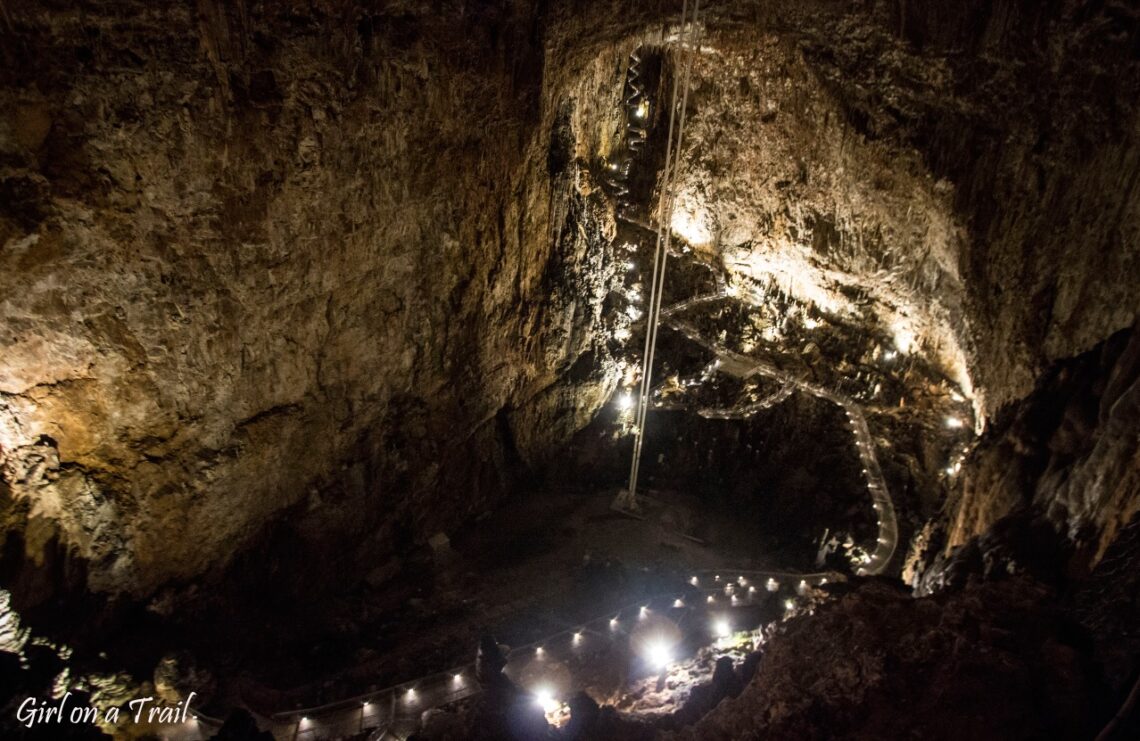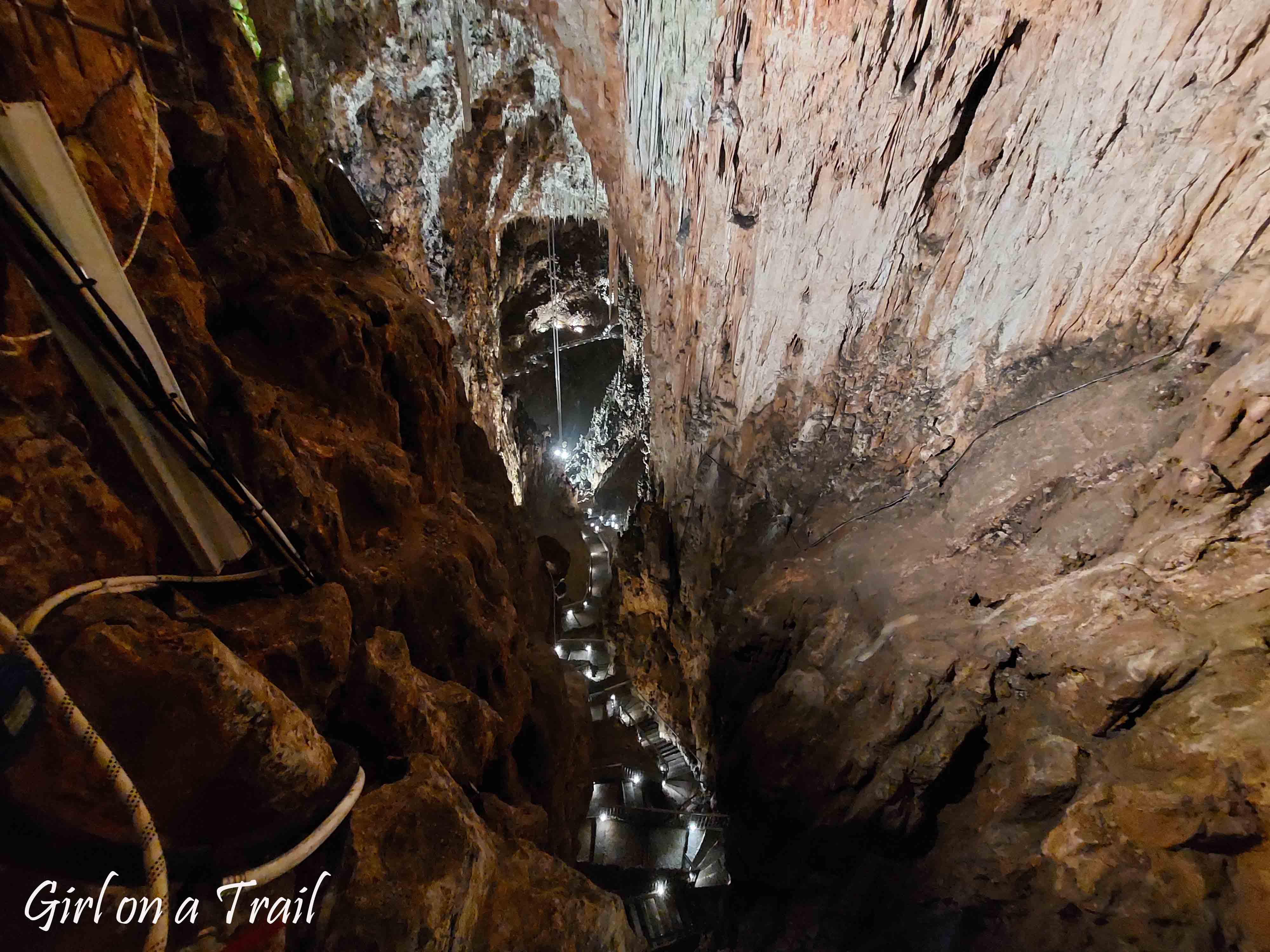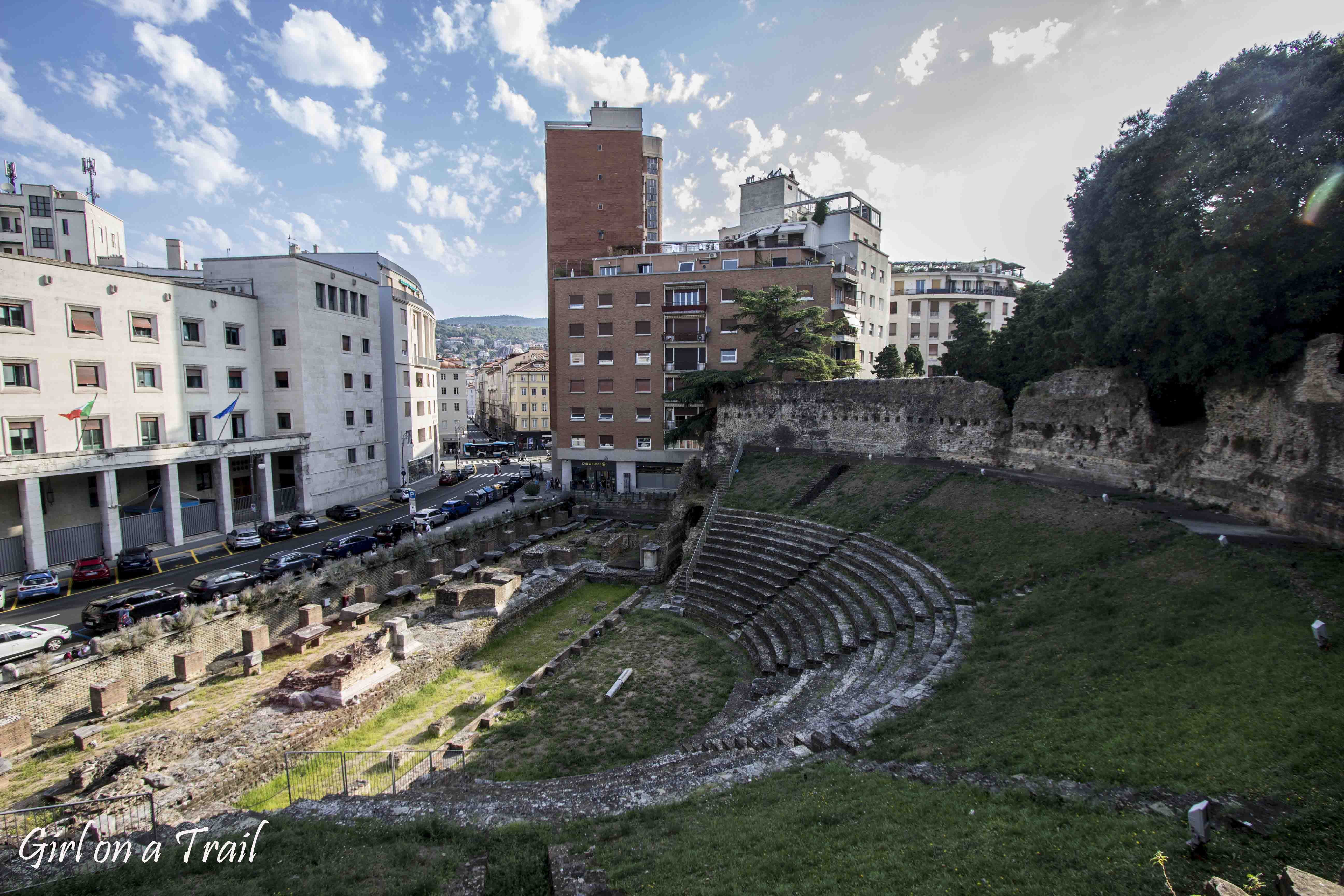
Trieste and the Giant Cave: a Mountain of Steps, a Sea of Experiences
Grotta Gigante is one of those places that sticks in the memory. Initially, I hadn’t planned to visit it, but I stumbled across it on a map and… well, who could resist a cave proudly calling itself “the largest tourist cave in the world”? There was just one problem: officially, I wasn’t supposed to leave Slovenia. When I rented the car, I declared I wouldn’t cross the border, but plans are made to be changed. Foolish and risky as it was, I decided to follow my heart—and take full responsibility if anything went wrong with the car. The result? Every step down into this cave was completely worth it.

Grotta Gigante has been open to tourists since 1908 and held the title of the largest show cave for decades. Its dimensions are impressive: 98.5 metres high, 167.6 metres long, and 76.3 metres wide, giving a volume of 365,000 cubic metres. Sure, it may no longer hold the record, but that doesn’t change the fact that it’s an absolute must-visit.
Although the cave is enormous, it doesn’t boast as many stalactites and stalagmites as some of the nearby Slovenian caves. The real star is the “Colonna Ruggero” – Roger’s Column – a 12-metre-high stalagmite estimated to be around 200,000 years old. In other words, when Roger was forming, humans hadn’t even discovered fire yet. Some formations are white from calcium carbonate—a sign they’re still growing. Growth rate? About 1 mm every 15–20 years. So, if you’re thinking of coming back to check “how much it’s grown,” don’t hold your breath. Tours are guided only and last around an hour. The route is 850 metres long and… includes 1,000 steps. The consolation? Half are downhill, half uphill. The cave maintains a steady 11°C all year, so in summer, the contrast with the heat outside is striking—bring a jumper or light jacket.
The sheer scale of the cave is awe-inspiring, but what’s even more extraordinary are the world’s longest horizontal pendulums. Installed in 1959 by geodesist Antonio Marussi, they act as ultra-sensitive detectors of Earth’s movements.
Here’s how they work: the pendulum consists of a beam with a weight (mass) suspended from two steel wires (approximately 95 meters high), the upper one attached to the cave ceiling and the lower one to the floor. The beam rotates horizontally around a nearly vertical axis. The tilted axis creates a magnification effect; even the smallest movement of the Earth translates into a much larger displacement of the beam. The beam is equipped with a mirror onto which a laser is shone. Shifting the beam by even a micron, causes the light spot on the detector to shift and is recorded by the computer. This allows for the detection of even the smallest cave movements, crustal movements, or deviations from the vertical. Horizontal pendulums are ultra-precise spirit levels that measure microscopic rock tilts. In short, the cave monitors itself and the Earth—a bit like a giant, stone seismograph. Furthermore, the ideal cave environment promotes the precision of these measurements. The temperature and humidity are stable here, and there are no vibrations from vehicles or tourists stamping across the surface.
Remarkably, the pendulums have registered four of the five largest earthquakes in the last 50 years—from Chile 1960, the 2004 Sumatra tsunami, to the 2011 Japan quake. It’s hard to believe that echoes from thousands of kilometres away are detected here. The pendulums can also track continental drift and crustal tides.
Practical information:
- Opening hours: July–August daily; outside season: Tuesday–Sunday. Usually tours start on the hour—check the official site for current schedule.
- Tickets: Adults €15, students (19–26) and seniors €12, children 6–18 €8, under 6 free.
- Booking: Required—by email or phone, ideally at least 2 days in advance.
- Getting there: The cave is in Sgonico, on the Karst Plateau, a few kilometres from the Slovenian border. There are two large car parks on site.
- Bonus: Next to the cave is the Speleological Museum, with geological, archaeological, and palaeontological exhibits.
Trieste – a city at the crossroads of worlds
Since I had already taken the risk of venturing into Italy, I couldn’t skip Trieste. This is a city with character, a little lost in history, yet utterly unique. Nestled between the Adriatic and the Balkans, at the very end (or beginning—depending on how you look at it) of Italy, it’s always been a hotspot: Austrians, Italians, Slovenes, Yugoslavia, the Cold War—it’s like a soap opera in political form.
In short, under the Austro-Hungarian Empire, Trieste was the empire’s main port—its window on the world. After WWI, Austria lost, and Italy took the city. The interwar period was tough: Trieste was just one of many Italian ports and lost its prominence. Then came Fascism and WWII. In 1943, Trieste was occupied by the Germans. After the war, the Free Territory of Trieste was established—a strange entity controlled by US and British forces. It was split into Zone A (Trieste itself) and Zone B (Istria). Zone B quickly went to Yugoslavia, while Zone A adopted Italian currency, language, and financial support from Rome. Allowing Italy to co-manage Zone A caused tensions with Yugoslavia, with troops on standby. Eventually, in 1954, an agreement was reached: Trieste and its surroundings went to Italy, the rest to Yugoslavia (today Slovenia and Croatia). Today, after this historical rollercoaster, Trieste is a fascinating blend of cultures, cuisine, and architecture.
I began exploring the city from the seaside promenade, where there’s a huge car park. After paying at the meter, I headed straight to Piazza Unità d’Italia. Right next to the promenade, it looks like the city’s elegant living room: on one side, monumental Austro-Hungarian buildings; on the other, the Adriatic. Walking here, you can almost imagine being in Vienna.
A little to the left is the city’s “second living room”—Piazza della Borsa (Stock Exchange Square), once the economic heart of Trieste. Today, it’s full of cafés serving excellent Italian coffee, a tradition dating back to the 18th century, when Trieste was one of Europe’s main coffee ports.
Nearby is Canal Grande, built in the 18th century to allow boats to reach the city centre for unloading goods. Now decorative, lined with elegant buildings, with small boats moored along it.
Trieste also boasts ancient monuments. The oldest is a 1st-century BC triumphal arch. There’s also a Roman theatre, which once held around 6,000 spectators.

The historic heart of Trieste sits on San Giusto Hill. Here you can visit San Giusto Cathedral, dedicated to Saint Justus, the city’s patron. Nearby stands San Giusto Castle, a formidable fortress that was once the base for Austrian troops, later a prison, and today a museum. Each bastion looks different, built in various periods to withstand different threats. Next to the castle are the ruins of an ancient basilica and forum.




